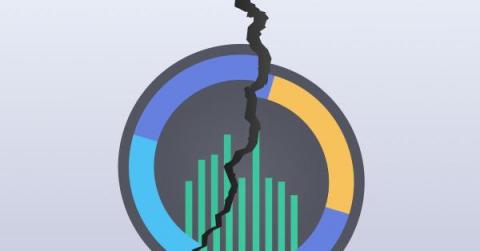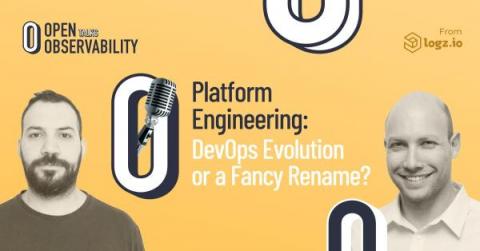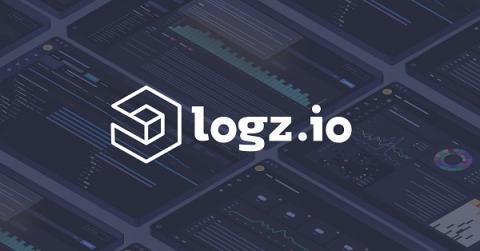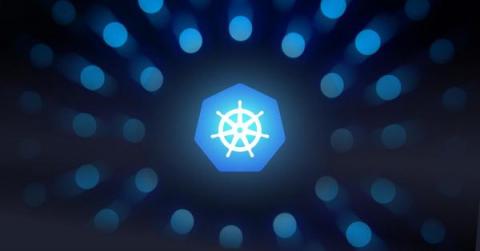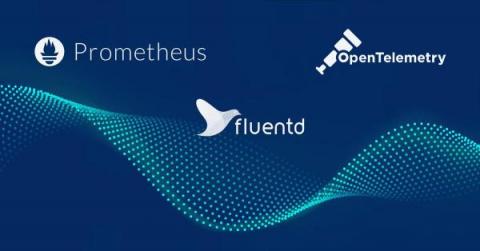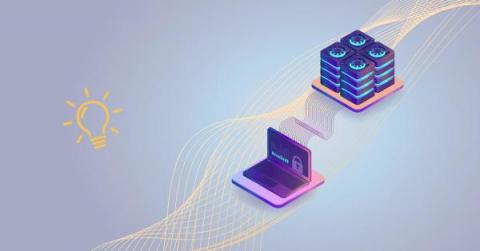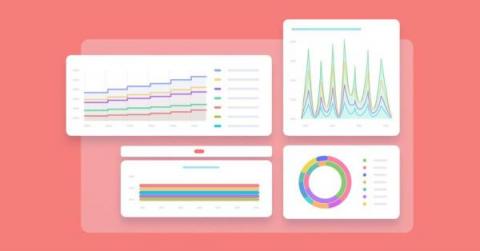Observability is Still Broken. Here are 6 Reasons Why.
In an era where there’s no shortage of established best practices and tools, engineering teams are consistently finding their ability to prevent, detect and resolve production issues is only getting harder. Why is this the case? Our most recent DevOps Pulse Survey highlighted alarming trends to this end.


